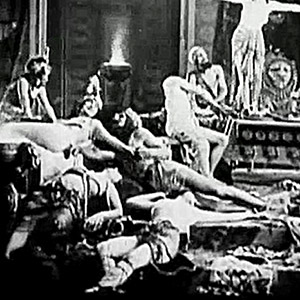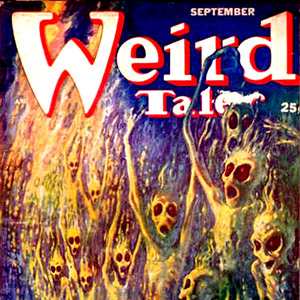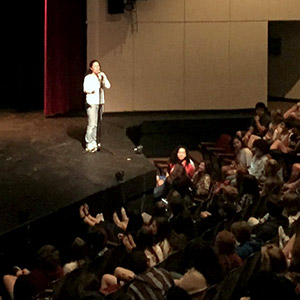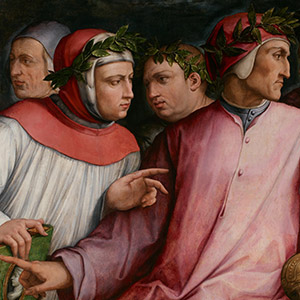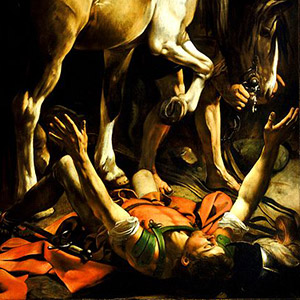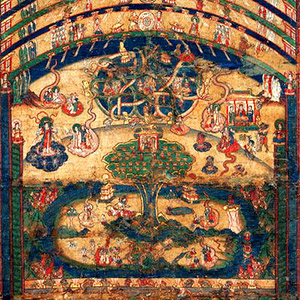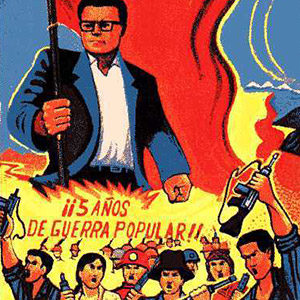
David Christian, “Big History: Between Nothing and Everything”
Since the early modern era, history has been largely viewed through an anthropocentric lens, skewing towards the involvement of humans. David Christian (NHC Fellow 2006-07) flips this narrative by zooming out to see history—specifically, Big History—on a larger scale, measured by geological and cosmological time. Bringing together fields as seemingly disparate as cosmology, anthropology, and geology, Big History offers what Christian calls “a unifying origin story” that explains our origin and place in the universe, bridging the humanities with the social sciences.
